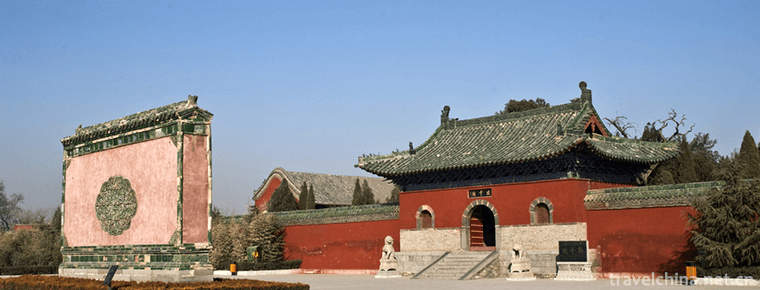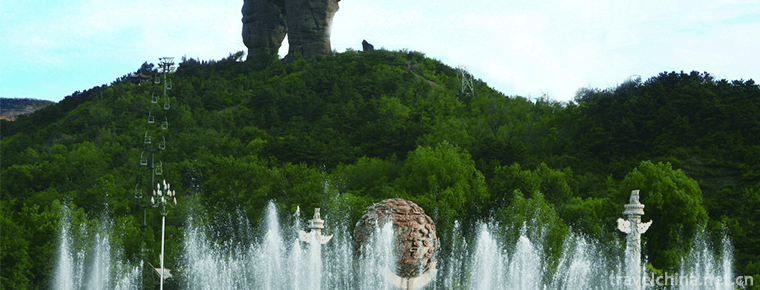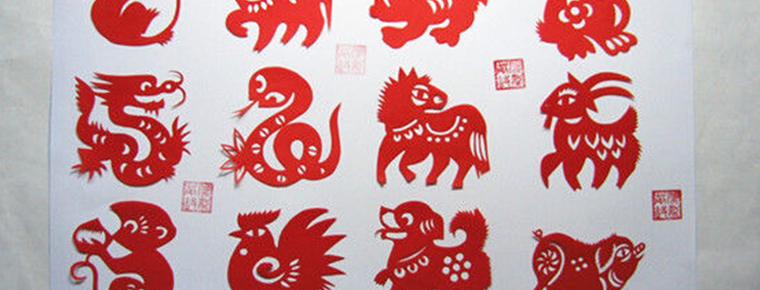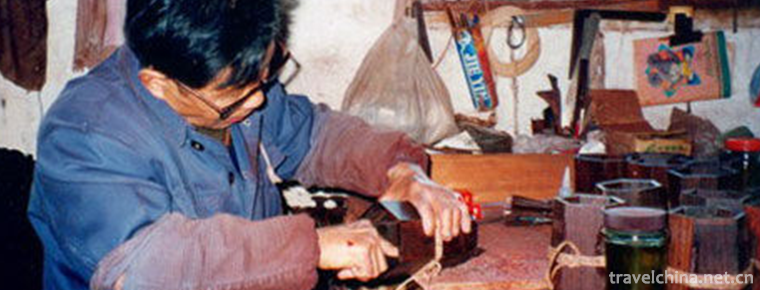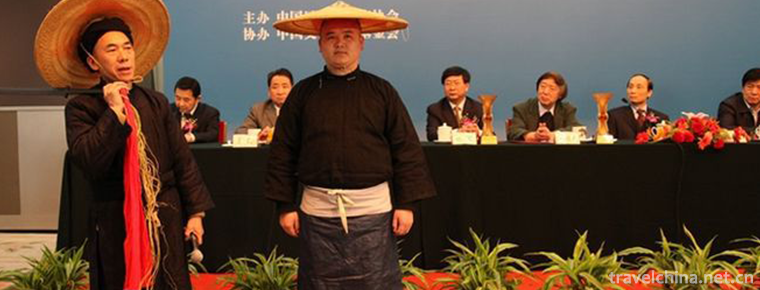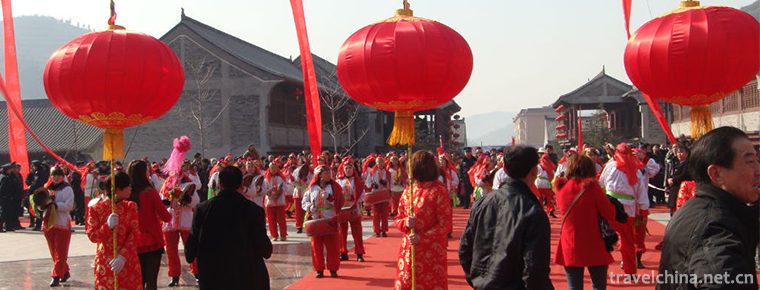Jiangyou Dou Meishan Scenic Area
Jiangyou Dou Meishan Scenic Area
Dou Meishan Scenic Spot is an important part of Jianmen Shudao National Scenic Spot. It is 25 kilometers north of Jiangyou City and 170 kilometers away from Chengdu. It is a famous Danxia Landscape Scenic Area in Sichuan Province. Dou Meishan is named after Dou Ziming, the master book of Zhangming County in Tang Dynasty, who once practiced Taoism here, feathering and soaring. It attracts tourists both at home and abroad with its peculiar peaks, thrilling cables, ancient temples and various tourism projects. When Li Bai, a poetry fairy, visited this place, he left behind the eternal cliche of "Woodcutter and Tiller, Enter and Enter the Painting Screen".
Yunyan Temple, an ancient temple in the mountains, was built during the reign of Tang and Qianfu (874-879 A.D.). The temple is facing the negative mountain of rock and has great momentum. It has experienced the alternation of damage and repair in Tang, Song, Yuan, Ming and Qing Dynasties, and the struggle between Buddhism and Taoism. Finally, it has formed the pattern of "East Zen Forest and West Dao View". The integration of Buddhism and Taoism culture and ancient architecture is a very special group of ancient temples in China. Feitianzang (also known as Star Car) was built in the eighth year of Chunxi in the Southern Song Dynasty (AD 1180). Its workmanship was exquisite and complicated, and the flying dragon coiled around it. Its woodcarving and Taoist portraits were beautiful and lifelike. It is the essence of the cultural connotation of Dou Mei Mountain. It was published as a national key cultural relic in the eighth year. The three solitary stone peaks behind the temple are connected by cables. The cable bridge was built in the Tang Dynasty. The existing cable bridge was built in the five years of Yongzheng in the Qing Dynasty. It is a great wonder in the history of Chinese bridges. The cable bridge with a height of 50 meters is only "Feixian Fei Fei Fei Fei Fei Fei Fei Fei Fei Fei Fei". The performers walk in the sea of clouds and fog. It is so dangerous that it can be called the unique side of China's scenery.
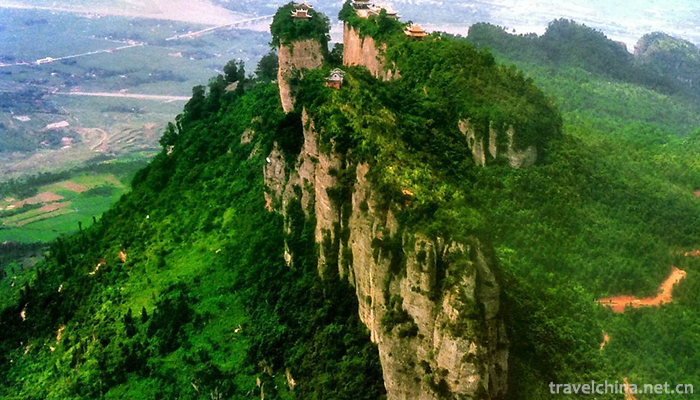
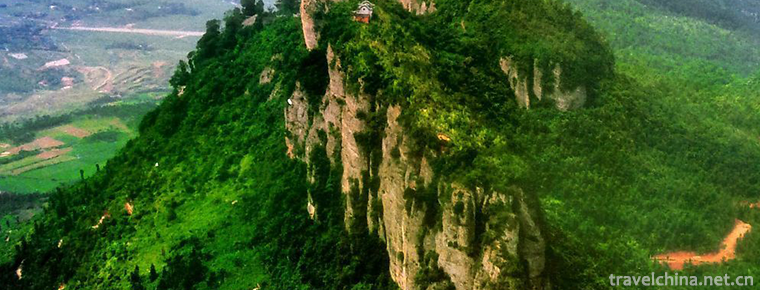
Jiangyou Dou Meishan Scenic Area
-
Xixi National Wetland Park
Xixi National Wetland Park is located in the west of Hangzhou City, Zhejiang Province. It is only 6 kilometers away from Wulin Gate, the main city of Hangzhou, and 5 kilometers away from West Lake.
Views: 217 Time 2018-12-07 -
Bigan Temple
Bigan Temple, located in Weihui, Henan Province, is one of the most important temple-tomb complex. It is the first temple in China with tomb-worshippers, known as "the first temple in the world&a
Views: 203 Time 2019-01-02 -
The Twin Colossals
Shuangta Mountain is located ten kilometers southwest of Chengde Summer Resort in Hebei Province, with a total area of 3000 hectares and beautiful scenery. It is the largest natural scenic resort in C
Views: 321 Time 2019-02-08 -
Taierzhuang Ancient City Scenic Area
Taierzhuang Ancient City, located at the center of the Beijing-Hangzhou Grand Canal, is located at the junction of Taierzhuang District, Zaozhuang City, Shandong Province
Views: 178 Time 2019-02-13 -
Traditional fine arts
China's traditional art heritage is extremely rich and brilliant. Traditional art painting, calligraphy, music, dance, opera, gardens, architecture, sculpture, arts and crafts, traditional cuisine and
Views: 137 Time 2019-04-19 -
Production Techniques of National Musical Instruments
The production of national musical instruments in Suzhou is one of the local traditional handicraft techniques in Jiangsu Province. With a long history, a wide range of varieties, exquisite skills and
Views: 462 Time 2019-06-05 -
King Yalu
King Yalu is the first long Miao heroic epic in history. It is usually chanted at the Miao spiritual ceremony. It is only handed down orally and has no written record. The history of the Miao people's
Views: 176 Time 2019-07-10 -
Neutralization Festival
Zhonghe Festival, a traditional Chinese folk festival, is on the second day of February, but the date at that time was on the first day of February. With the evolution of history, it was changed to th
Views: 391 Time 2019-08-03 -
Shihaidong scenic spot
Shihaidong scenic spot is located in Xingwen County in the south of Sichuan Province. Because the stone forest and karst caves in the county are distributed in 17 townships, it is known as "stone sea cave town".
Views: 332 Time 2020-10-16 -
Leshan social service
By the end of 2018, there were 13 social welfare homes in Leshan City with 2908 beds and 2182 people in the hospital. The sales of social welfare lottery tickets totaled 385.69 million yuan, raised 109.75 million yuan of welfare lottery public welfare fund,
Views: 177 Time 2020-12-17 -
Meishan City honor
In November 2015, Meishan city was listed as the second batch of national new urbanization comprehensive pilot areas. In 2016, Meishan city was awarded the title of the first tourist destination in the Asia Pacific region (second and third tier cities).
Views: 327 Time 2020-12-18 -
Dazhou hydrology
The rivers in Dazhou city mainly belong to the Jialing River water system, which is a tributary of the Yangtze River. It originates from Daba Mountain and distributes in the form of branches from north to south. Qianhe River, Zhonghe River and Houhe Riv
Views: 193 Time 2020-12-20

